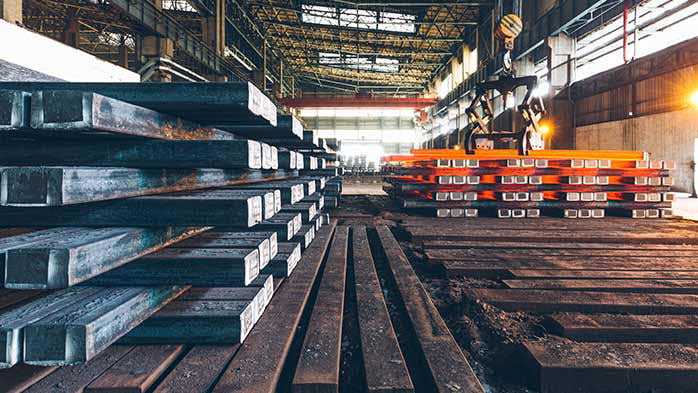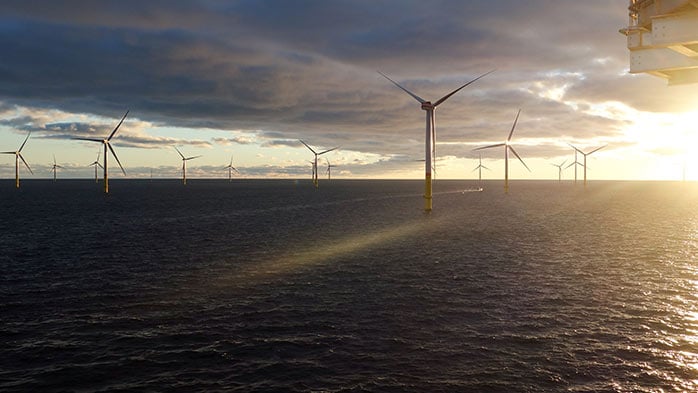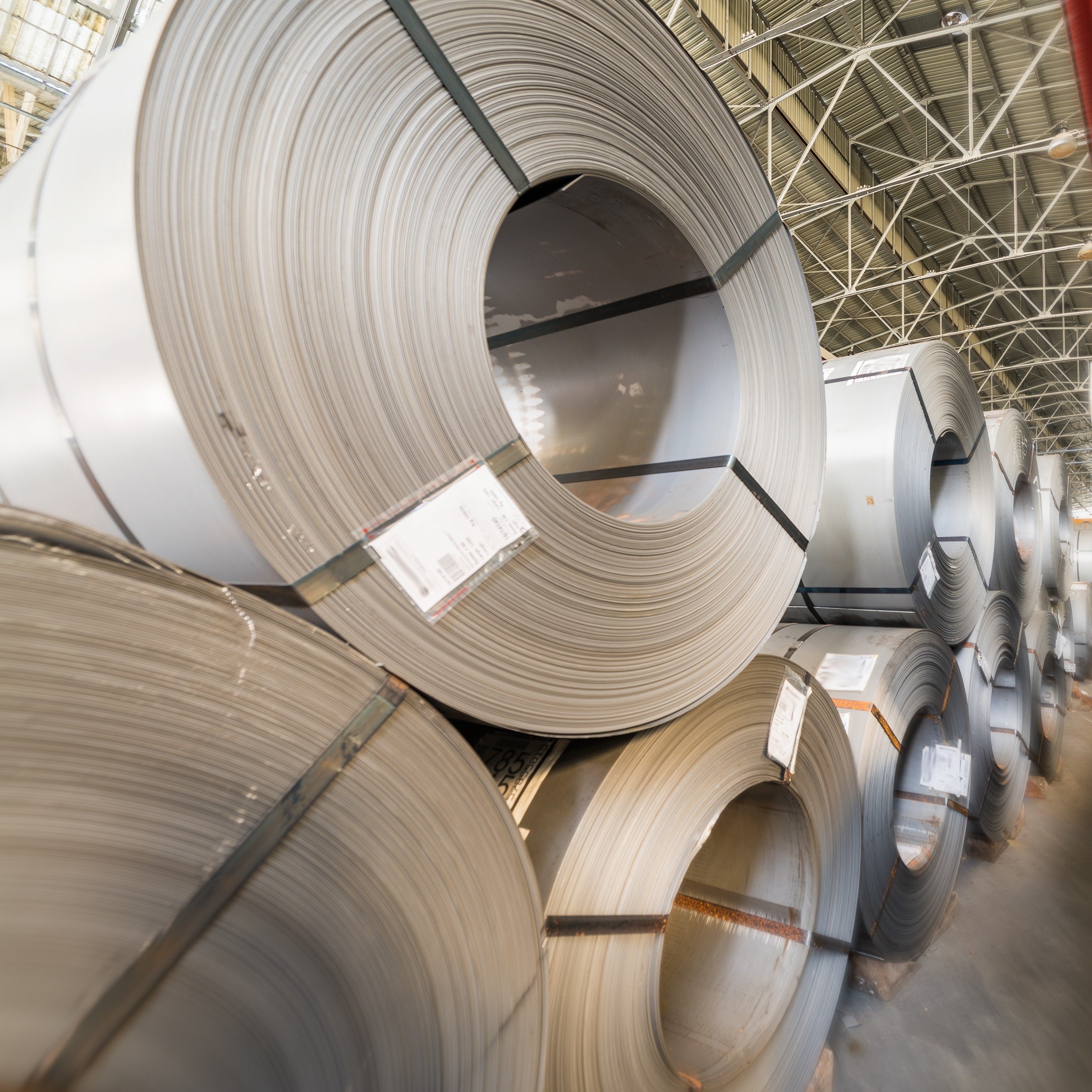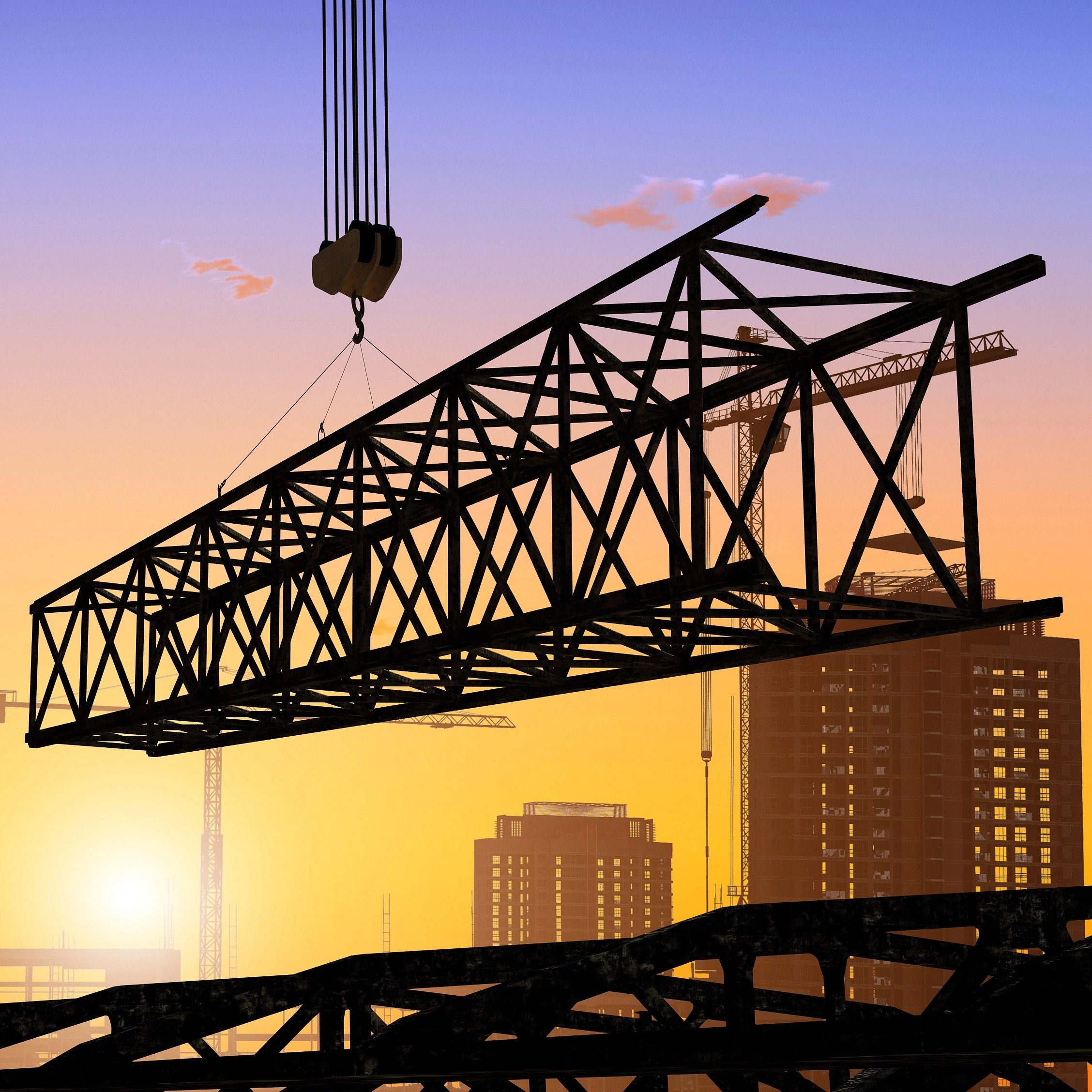Flooding is increasingly causing more frequent and severe damage to the mining and metals industries, including nickel. The nickel industry has production facilities in flood‑prone regions and production at nickel mines, smelters and refineries has been interrupted by flooding in the past. Using a flood‑hazard map, we develop a methodology for evaluating flood risk across the nickel supply chain and find that facilities are particularly exposed in regions with high infrastructure vulnerability and limited climate‑adaptation capacity.
Nickel facilities are prone to flood risk
More than half of global nickel output is produced as nickel pig iron (NPI) or ferronickel and is consumed by the stainless‑steel sector. Most of the remainder feeds nickel‑containing batteries, such as nickel-manganese-cobalt (NMC) batteries. Because nickel is a major input cost for both NPI/FeNi-based stainless steel and NMC cathode production, shocks to nickel supply and price transmit directly into these value chains. During flooding events that disrupt mining and processing, nickel prices have been volatile, with knock‑on effects on stainless steel producers and NMC battery manufacturers.
Indonesia and China have the largest nickel production capacities and other countries – including Japan, Canada, Russia, Norway, Australia, Finland, Brazil and South Korea – also contribute significantly to global nickel capacity.
We conduct a flood risk analysis for nickel production facilities, including mining, smelting, refining and further processing, using the same methodology that we apply to aluminium rolling facilities. We use the global river flood-hazard maps produced by the Joint Research Centre (JRC) of the European Commission to construct an index reflecting the weighted average 100-year return period flood hazard. We consider areas within a 5 km radius of each site to capture the potential impact of disruptions to nearby infrastructure on operations.
We find that some nickel production facilities in China, Europe, Brazil, Indonesia and Japan are prone to high flood risk. For example,
- Coastal nickel smelters in East and Southeast China are at higher flood risk due to extreme precipitation and mountainous terrain, compounded by tides that impede river discharge.
- A refinery in France is marked as high-risk due to its low-lying floodplain location and river-coastal compound flooding.
- A mine in Brazil presents a high risk due to intense summer precipitation and flood‑vulnerable soil conditions.
- Some mines and smelters in Central Sulawesi and Southeast Sulawesi, Indonesia, pose high risks due to extreme precipitation and topographic characteristics that promote rapid runoff and flooding.
- Some smelters in Japan are also labelled high-risk due to tropical cyclone hazards and earthquake/tsunami risk.
Risk of flood in Indonesia could be higher due to flash floods and weak infrastructure
Some Indonesian sites – including several in Central Sulawesi and Southeast Sulawesi – are already identified as high flood risk. However, flood incidents have also been observed at nickel operations in Morowali and Weda Bay during episodes of extreme precipitation, even where maps do not flag exceptionally high risk.
One reason is that the JRC flood hazard map focuses on large-scale river floods with upstream catchments larger than about 5,000 km². It provides detailed and broadly useful coverage for those systems. However, it may not fully capture the flash flood risk in steep coastal catchments associated with narrow pathways. In such settings, several hours of intense rainfall in mountainous terrain can trigger sudden flooding. Some Indonesian production facilities are located in exactly these kinds of settings.
Another factor is that Indonesia’s nickel reserves are primarily laterite ore, typically found on hills and mountain slopes and mined through open-pit methods. Developing these areas often requires creating platforms and altering surface conditions, which can change natural runoff patterns and potentially increase the speed and volume of water reaching rivers or nearby areas.
In addition, compared with most other nickel-producing countries, Indonesia is more vulnerable to flood damage due to its weaker infrastructure. According to the JRC’s Index for Risk Management (INFORM), Indonesia has relatively high infrastructure-related risk, for example reflecting relatively lower road density and related limitations. This means that when floods occur, nickel operations and surrounding communities in Indonesia are more likely to be severely affected than in regions with more developed infrastructure, emergency planning and response capacity.
Therefore, in Indonesia, the vulnerability of the nickel supply chain may exceed what global flood maps suggest, as local terrain, mine settings and infrastructure limitations can compound flood impacts.
Assessing flood risk is an essential step of flood risk management
The risk of flood can translate into financial risks for a wide range of stakeholders, including producers, end-users and investors. For producers, inadequate management of the risk of flood may lead to regulatory restrictions and heightened scrutiny over negative environmental impacts on neighbouring communities. They are also increasingly subject to disclosure requirements, such as climate-related risk disclosures mandated by IFRS S2. If the risk of flood is poorly addressed, the cost of capital could rise as investors and lenders increasingly factor climate resilience into their decisions.
To mitigate the risk of flood, a number of adaptation and financial tools are available. Investments in climate-resilient infrastructure can strengthen adaptability to extreme weather events, while flood insurance provides an important mechanism for transferring the risk of flood. Building stock buffers ahead of the wet season can also improve operational flexibility and resilience. At the same time, better disclosure will help producers enhance credibility and market access and, in some cases, monetise their efforts in combating the risk of flood, for example through lower financing costs, reduced insurance premiums or preferential access to customers.
For downstream industries, the nickel market is currently oversupplied due to rapid capacity expansion in recent years. However, as a cyclical commodity with volatile prices, any rebound in nickel-based battery demand or supply disruption could quickly tighten the market, making it more vulnerable to the risk of flood in upstream supply chains. Conducting flood risk analysis on suppliers adds an important dimension to supply chain management, procurement strategies, contract design, inventory planning and price hedging.
In summary, climate risks – and particularly the risk of flood – are posing growing threats to metals operations. Robust flood risk analysis enables stakeholders to better anticipate, understand and manage these challenges. If you would like to learn more about how climate risks affect the commodity industry, please feel free to contact us or request a sustainability and emissions demo here.
















